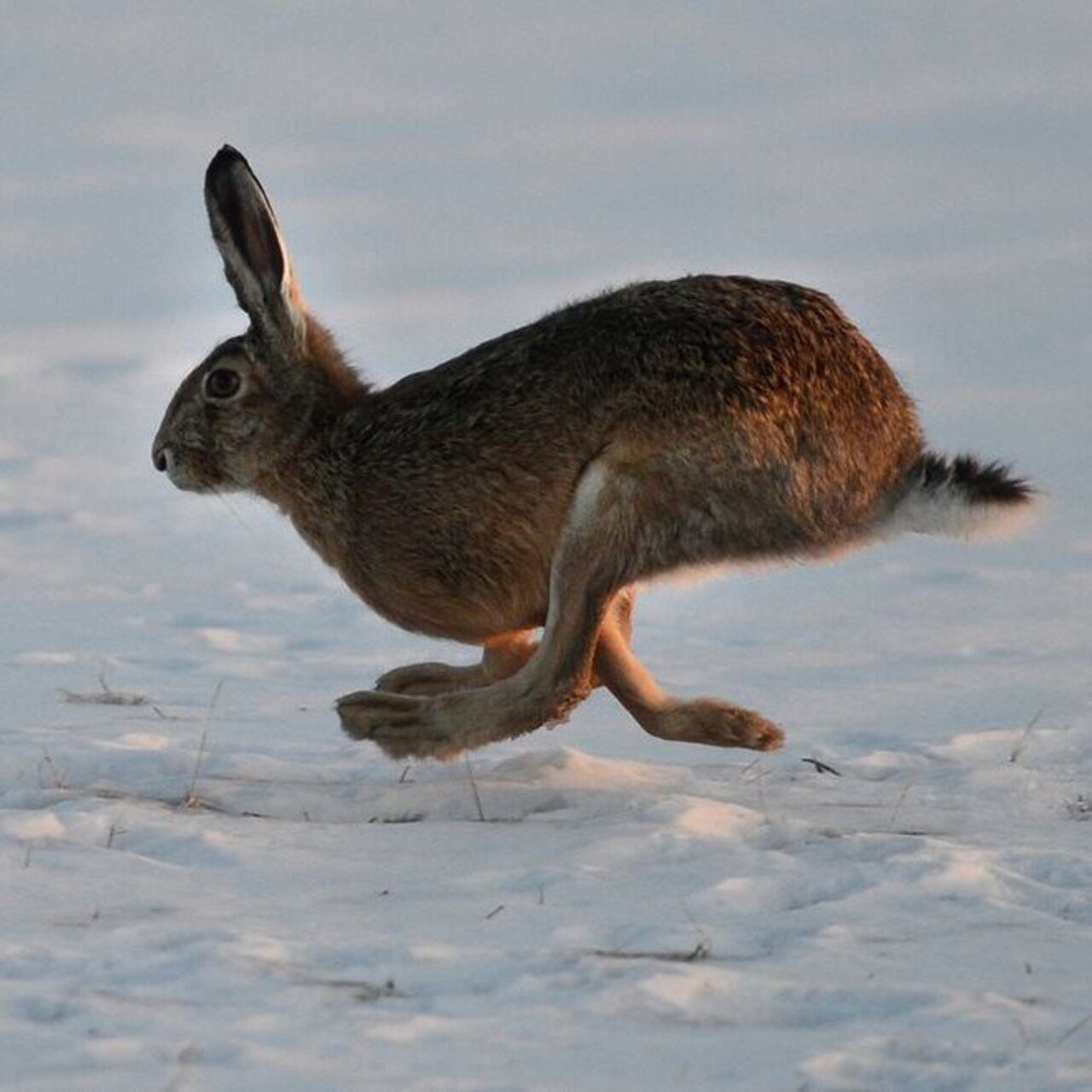Project
German Wildlife Information System ("WILD": Wildtier-Informationssystem der Länder Deutschlands))

The German Wildlife Information System (WILD) is a monitoring program assessing populations of game species troughout Germany. The projekt was installed as a permanent integral part of environmental assessment to aim the development of strategies for conservation and sustainable use of animal populations.
Background and Objective
Long-term nationwide assessment of wildlife animals and their habitats with verifiable and scientific methods to obtain data on the occurrence, stocking densities, poulations trends and risk factors. The data schould constitute the basis for further research and for the decision making in german hunting and conservation policy.
Target Group
Approach
Data in WILD collected by counting game species in so-called referenc areas and by evaluating wildlife stock in various hunting grounds in Germany. In the long-term project data collection also includes factors influencing the animal densities like land use, hunting intensity and hunting bag.
Our Research Questions
Involved Thünen-Partners
Publications
- 0
Greiser G, Martin I, Baudach F, Ponick W (2025) Ausbreitung von Neozoen in Deutschland am Beispiel von Waschbär, Nutria und Nilgans. Beitr Jagd Wildforsch 50:191-200
- 1
Neumann M (2024) Angeborene Nasenbeinverkrümmung bei einem Rot-Alttier. Beitr Jagd Wildforsch 49:349-351
- 2
Greiser G (2024) Bisam und Nutria nehmen in Brandenburg deutlich zu : Wildtier-Informationssystem der Länder Deutschlands (WILD). Überläufer(1):10-11
- 3
Greiser G (2024) Tierfund-Kataster : Ein Aufruf: Liebe Brandenburger Jäger - macht alle mit! Überläufer(2):9
- 4
Greiser G, Mailänder A-S, Martin I, Ponick W (eds) (2023) Status und Entwicklung ausgewählter Wildtierarten in Deutschland : Jahresbericht 2021 ; Wildtier-Informationssystem der Länder Deutschlands (WILD). Berlin: Deutscher Jagdverband, 83 p
- 5
Baudach F, Ponick W, Greiser G, Martin I (2022) Status und Entwicklung ausgewählter Wildtierarten in Deutschland : Jahresbericht 2020 [online]. Berlin: Deutscher Jagdverband, 39 p, Wildtier Inf Syst Deutschl Jahresber 2020, zu finden in <https://www.jagdverband.de/sites/default/files/2022-01/2022-01_Broschuere_Wild-Bericht_2020.pdf> [zitiert am 17.11.2022]
- 6
Greiser G (2021) WILD - Aktuelles aus Brandenburg. Wir Jäger Brandenb(3-4):6
- 7
Greiser G (2021) WILD - Aktuelles aus Brandenburg : Muffelwildvorkommen. Wir Jäger Brandenb(5-6):9
- 8
Baudach F, Greiser G, Martin I, Ponick W (2021) Wildtier-Informationssystem der Länder Deutschlands : Jahresbericht 2019. Berlin: Deutscher Jagdverband, 75 p
- 9
Arnold JM, Greiser G, Kampmann S, Martin I (2015) Status und Entwicklung ausgewählter Wildtierarten in Deutschland : Jahresbericht 2014. Berlin: Deutscher Jagdverband, 44 p, Wildtier Inf Syst Deutschl Jahresber
- 10
Arnold JM, Greiser G, Kampmann S, Martin I (2013) Status und Entwicklung ausgewählter Wildtierarten in Deutschland : Jahresbericht 2013 ; Wildtier-Informationssystem der Länder Deutschlands (WILD). Berlin: Deutscher Jagdverband, 60 p
- 11
Keuling O, Greiser G, Grauer A, Strauss E, Bartel-Steinbach M, Klein R, Wenzelides L, Winter A (2011) The German wildlife information system (WILD): population densities and den use of red foxes (Vulpes vulpes) and badgers (Meles meles) during 2003–2007 in Germany. Eur J Wildlife Res 57(1):95-105, DOI:10.1007/s10344-010-0403-z

![[Translate to English:] [Translate to English:]](/media/_processed_/9/2/csm_Allgemein_Thueringen_Hainich_Mischwald_Bolte_2__19d9dab56a.jpg)
![[Translate to English:] [Translate to English:]](/media/_processed_/d/2/csm_100_0001_0013_c05c63e7db.jpg)





